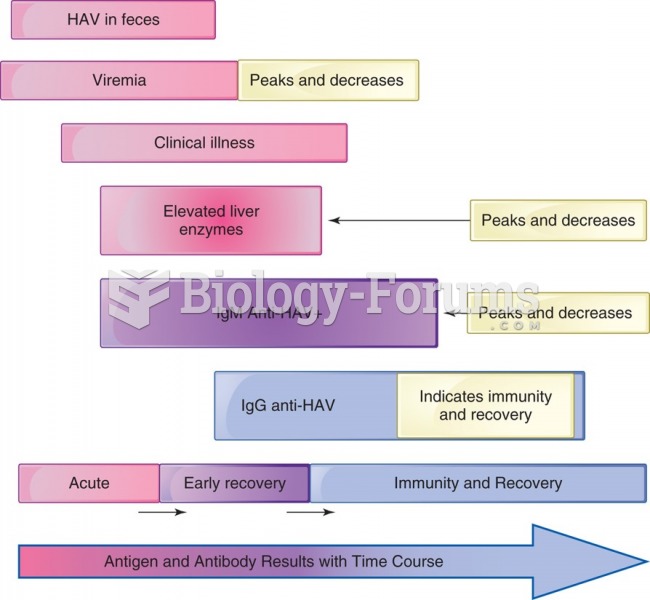This topic contains a solution. Click here to go to the answer
|
|
|
Did you know?
Human stomach acid is strong enough to dissolve small pieces of metal such as razor blades or staples.
Did you know?
Human kidneys will clean about 1 million gallons of blood in an average lifetime.
Did you know?
Asthma cases in Americans are about 75% higher today than they were in 1980.
Did you know?
Less than one of every three adults with high LDL cholesterol has the condition under control. Only 48.1% with the condition are being treated for it.
Did you know?
More than 4.4billion prescriptions were dispensed within the United States in 2016.







